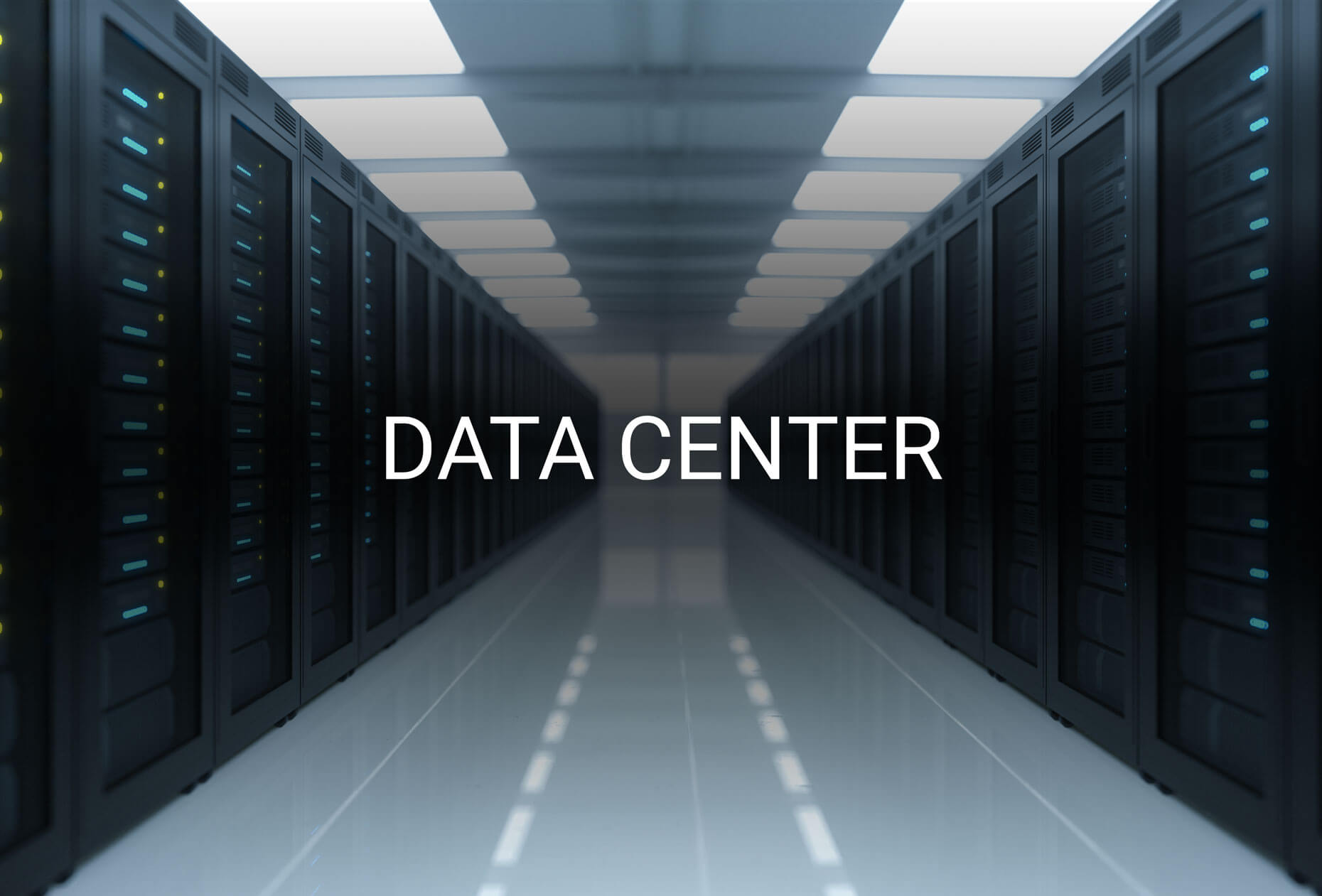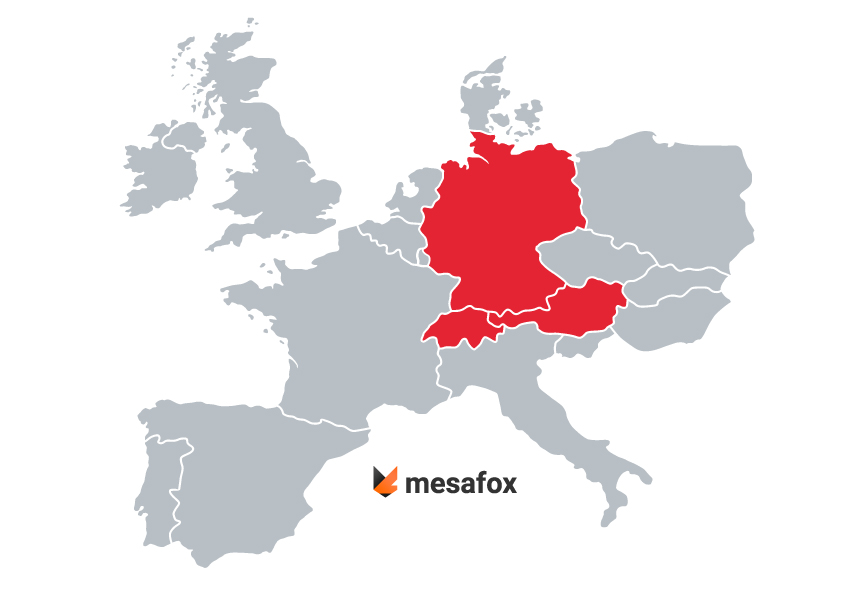
Application example EPI-TAG in data centers
29. April 2020Application example EPI-TAG in educational institutions

Learn, learn, learn or teach, teach, teach - there is always a lot going on in an educational institution such as schools and universities. Lecturers, pupils, students and guests attend lectures, do research in laboratories or organize events across the campus. There are canteens, libraries with some very valuable and unique treasures and classic technology rooms for power and network supply on the entire site. Often such facilities have grown over decades or even more than a century, and with them the line networks for energy supply - the state-of-the-art fire detection system is not always fully implemented. An electronic fire can quickly become a costly and unpredictable event here and not only because of the fire damage and extinguishing work, but also the loss of a university's image when the university closes down.
The greatest risks are often where you don't look every day and where the variable components are not regularly accessed or checked. Countless electronic consumers on the premises, a high number of pupils, students and lecturers and an even larger number of electronic consumers such as machines, computers and laboratory technology. Electronic fires in distributors and consumers are among the most common causes of fire worldwide. Overheating in the main and sub-distribution boards and high consumption power can result in fires that pose a great risk to people and property.
Risk factors at school or university:
- Consumer products mobiles etc brought in by students Consumers on, lights off. Mobile phones, tablets, notebooks and much more. You have no control over the devices that your students bring with them.
- Overloading the sub-distribution If too many consumers are switched on in a subdistribution board, this can lead to an overload in the system.
- Loose contacts and corrosion in the boards, over time, due to careless assembly or corrosion, the contact at the connection points, between cables and distributors, loosens, which leads to:
- Development of heat through contact resistance Contact resistances due to less cable contact lead to heat development and sometimes fire.
Possible complications:
- Electrical fires in consumer units and electrical distribution boards are key risk factors at the beginning lead to electrical fires. These spread quickly over textiles or furniture. In no time an entire room is on fire.
- Personal injury and property damage from fire and fire water . Fires repeatedly lead to serious injuries, and from smoke poisoning potentially loss of life.. Fire quickly destroys entire buildings. Even the extinguishing water required for a small fire can cause considerable damage to the interior. Just like the smell anchored deep in the rooms.
- Loss of sales and profits due to temporary closing After a fire, an operation must be stopped at least in some areas until the renovation work is completed. During this time, the planned students and pupils cannot attend, which in turn leads to additional costs.
- Renovation costs and negative headlines In addition to the financial challenge, a fire almost always damages a companys brand and reputation.
EPI-TAG locations:
- Electronic sub-distributors
- Main electronic distributors
- Electronic consumers
EPI-TAG models:
Activation:
- Fire alarm system
- Fault reporting system
- Building management system
- Building control system
- Guard service / control center



